What Is Your First Frost Date? (And Why It Matters for the Health of Your Garden)
Knowing when your first frost date is sets the pace for everything in your garden. Grab the last ripe harvests, cover what you can, and batten the hatches.
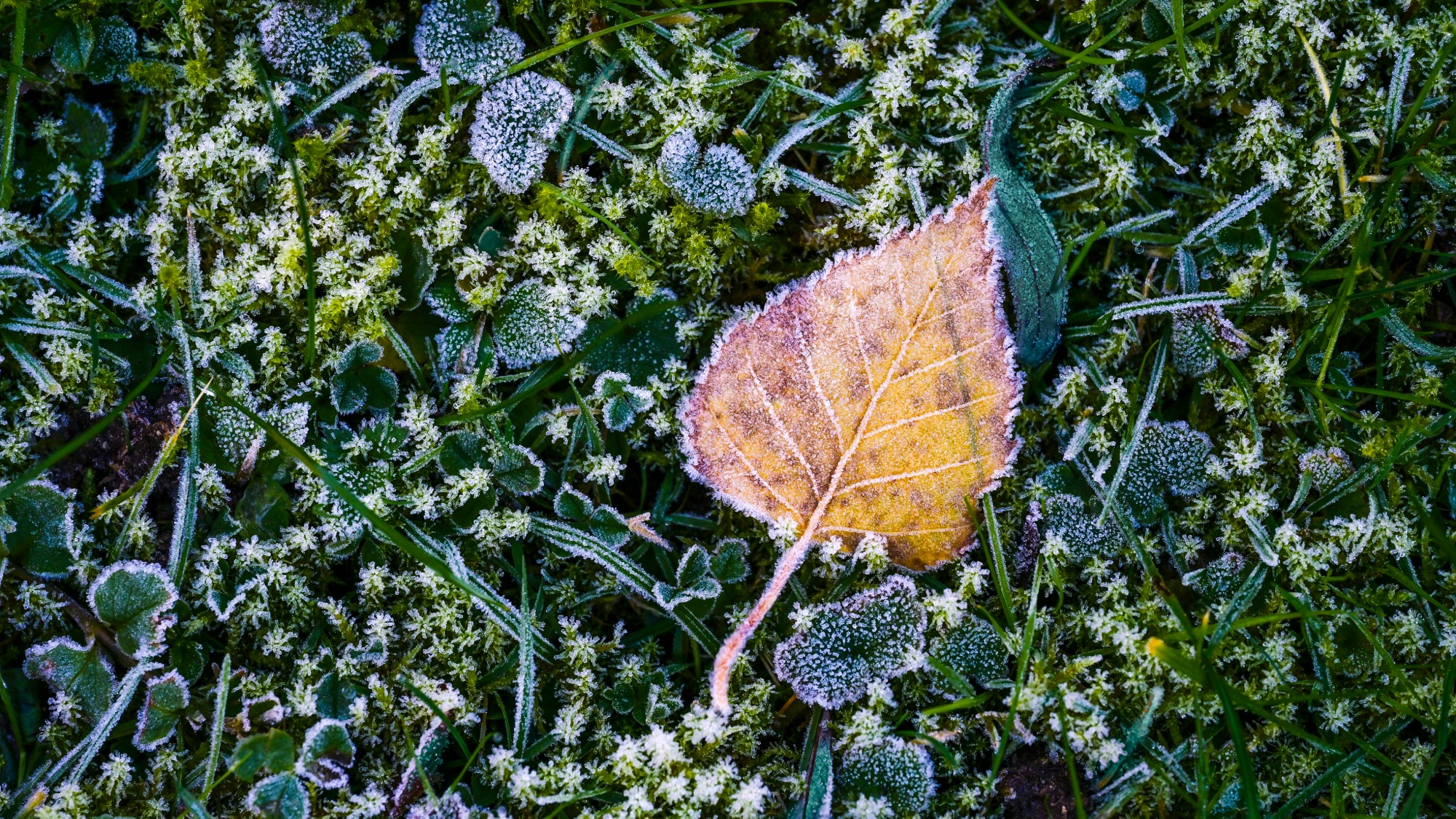
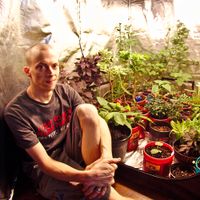
The first frost date is the moment fall turns mean, when temperatures drop enough to ice out your plants. It’s the cutoff that decides what lives or dies in your garden, and missing it can leave your tomatoes or marigolds as sad, frozen mush.
This date is your garden’s cutoff, and pairing it with your last frost date helps you time planting and protection just right. Miss it, and you’re gambling with your whole harvest.
Every spot has got its own average first frost date, which is shaped by local weather patterns. Certain plants don’t mind a nip of frost, while others fold right away. Spinach can tough it out, typically, but cucumbers usually keel over at the very first cold snap. Knowing this lets you outsmart the cold and keep your beds thriving.
What Is a First Frost Date?
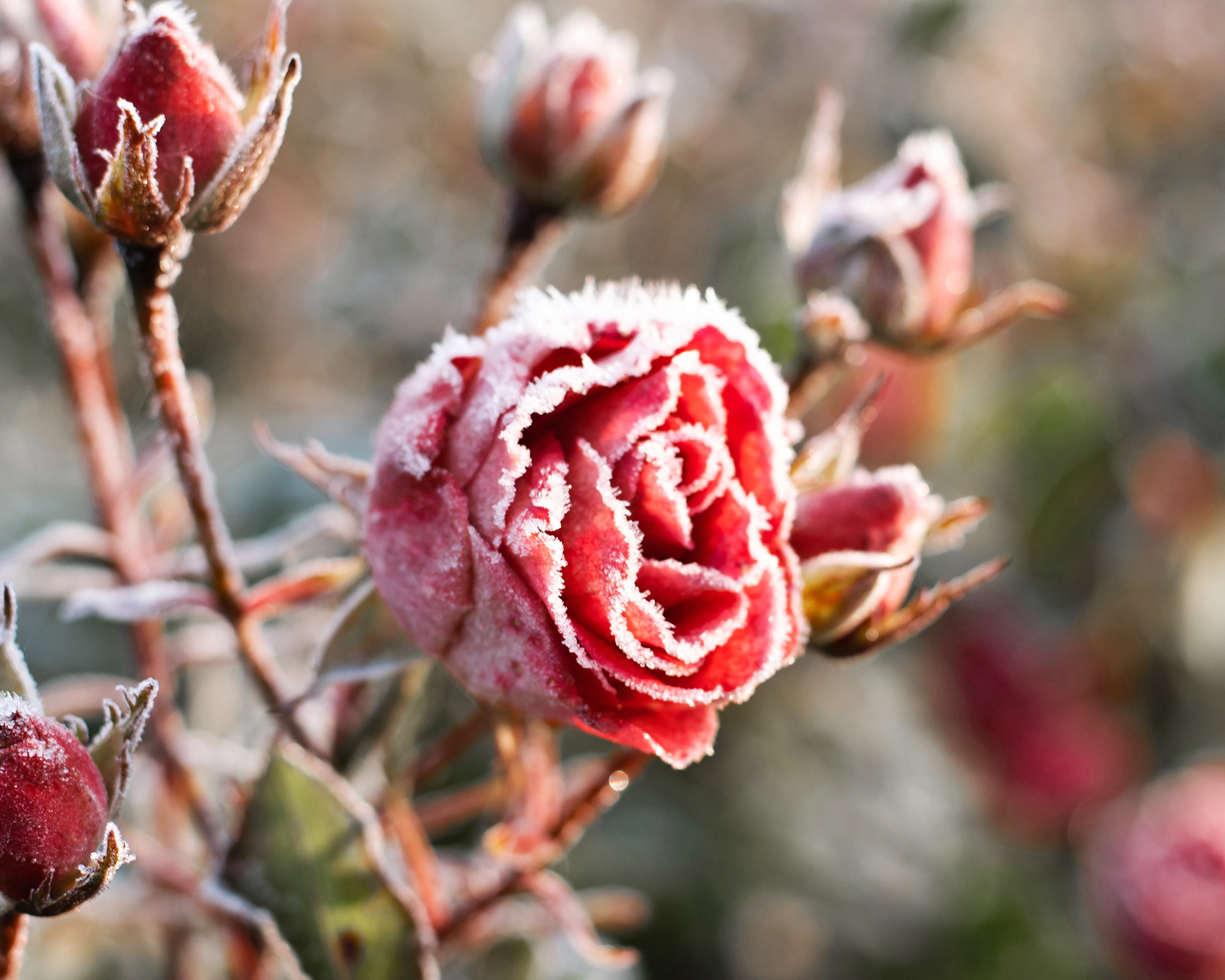
A first frost date is when the air in your area dips down 32°F (0°C) or lower, forming ice crystals that can zap tender plants. Your first frost date is not set in stone but it is an average pulled from years of weather records. Your first expected frost date might be late October, but a warm fall can nudge it to November.
Light frosts clip delicate crops like basil or beans. Hard frosts that go under 28°F (-2°C), knock out even the tougher ones like chard. Keep an eye on forecasts—still, clear nights will definitely make frost more likely, and knowing the difference helps you prioritize what to save first.
What is a frost versus a freeze? Freezes are generally longer than frosts. A frost can be an overnight cold snap where the air temperature dips below freezing, but warms up as the sun comes up. A freeze means the interior of the plant tissue has reached freezing or 32°F (0°C). Freeze damage can affect different plants in different ways, and annuals will be destroyed.
Where you live sets the timing. Seaside gardens might not frost until December, while northern yards get hit by September. Elevation matters too—hillside gardens chill faster than valleys. It’s your signal to wrap up summer crops and brace for winter.
Sign up for the Gardening Know How newsletter today and receive a free copy of our e-book "How to Grow Delicious Tomatoes".
Why First Frost Date Matters to Gardeners
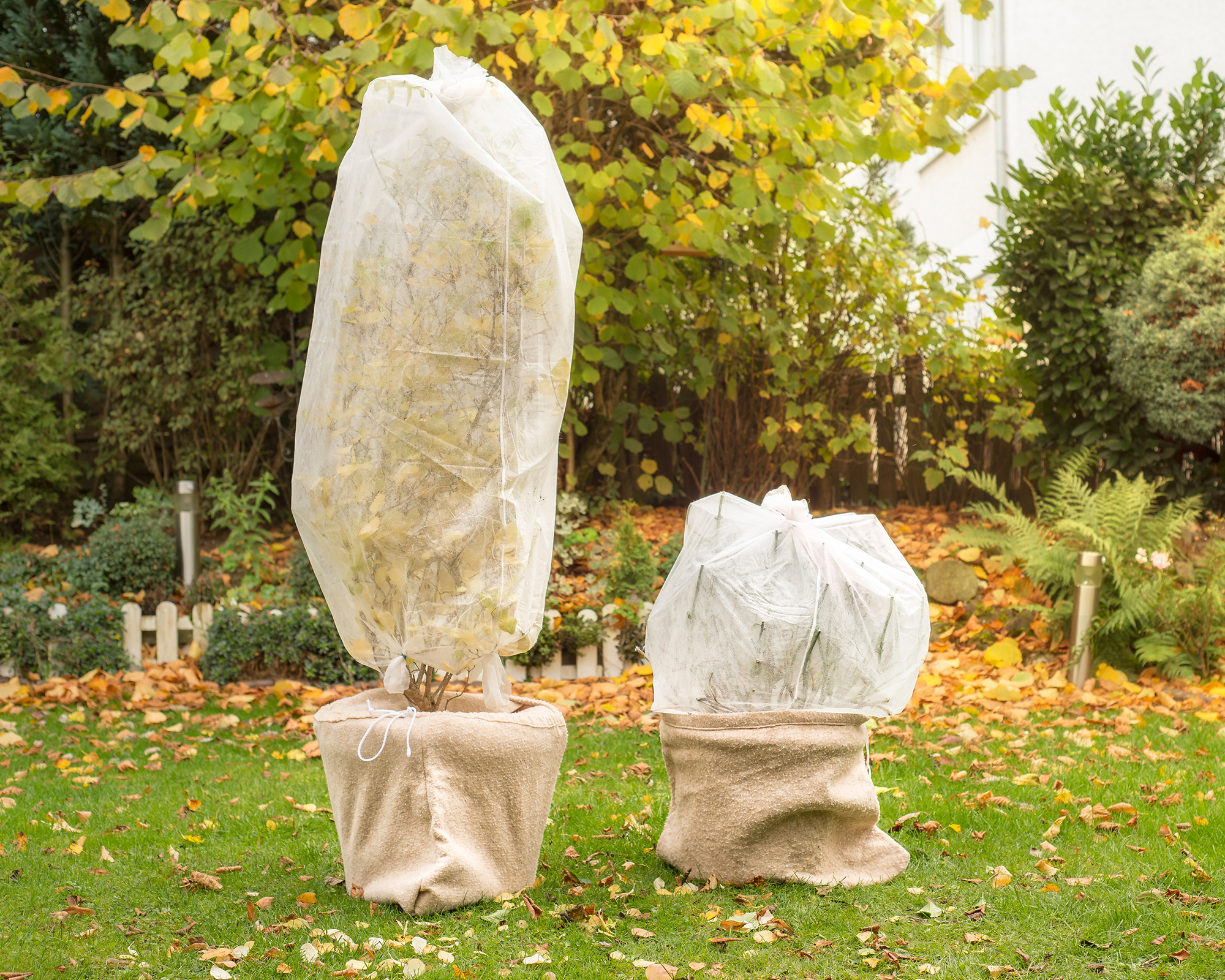
The first frost date draws a hard line for gardeners. Tender plants like tomatoes or zucchini can’t take even a light frost—they’ll completely wilt or blacken overnight, and pinning down this date lets you pull ripe crops or cover them to squeeze out extra weeks.
It also shapes your planting plan. If frost hits mid-October, you won’t sow late beans that need 60 days to ripen. For perennials, it’s time to mulch roots before cold bites. I learned this unfortunate lesson when I lost a patch of peppers, for the first time, ignoring a frost alert once—big mistake. This Back to the Roots organic mulch from Amazon is what I use every year.
This date steers your whole season, from choosing seeds to timing tasks. It’s like knowing when the party ends so you can prep for plants like eggplants or roses that need extra care.
How to Find Out Your Local First Frost Date
Determining your first expected frost date is a cinch. Look for your area of the country on the National Weather Service website or USDA Plant Hardiness Zone Map online for a solid estimate. Old Farmer’s Almanac lists average first frost dates by area. Double-check with weather apps, too. They will list frosts and freeze warnings in their forecasts in the fall.
Urban yards stay warmer than rural ones, so microclimates matter. A city garden might dodge frost a week longer than a farm. And chatting with nearby gardeners for the real low-down can reveal early freezes or late surprises that charts miss.
Garden Tasks Before First Frost
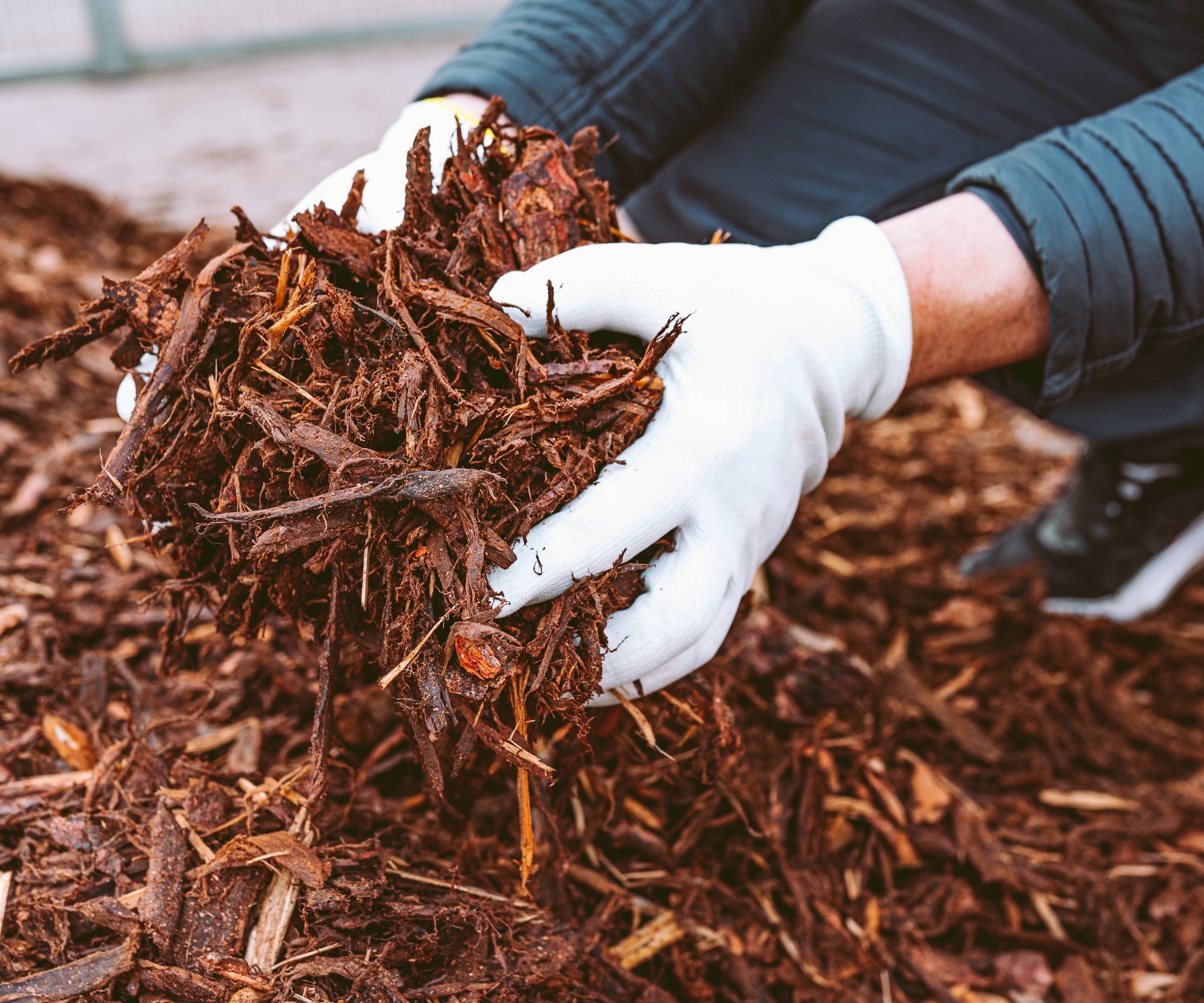
Frost on the horizon means action. It is time to winterize plants that will stay outdoors and move plants indoors that sensitive to cold. Harvest the last of your tomatoes and other veggies. You can ripen green tomatoes indoors just fine on your window sill. Snip fading flowers like cosmos or sunflowers to enjoy indoors. And don’t forget to dig up and store gladiolus bulbs or dahlia tubers.
Mulch perennial plants for winter with 2-4 inches (5-10 cm) of straw or shredded bark to shield roots. This A.M. Leonard bow rake from Amazon makes spreading mulch fast and easy. Give everything a good soak with water before a freeze or frost to toughen roots, especially for shrubs like hydrangeas.
Bring delicate potted plants indoors or into a shed. If you’re unsure what’s frost-hardy, assume it’s not and move quickly to avoid losing your favorites.
Extending the Season Past First Frost
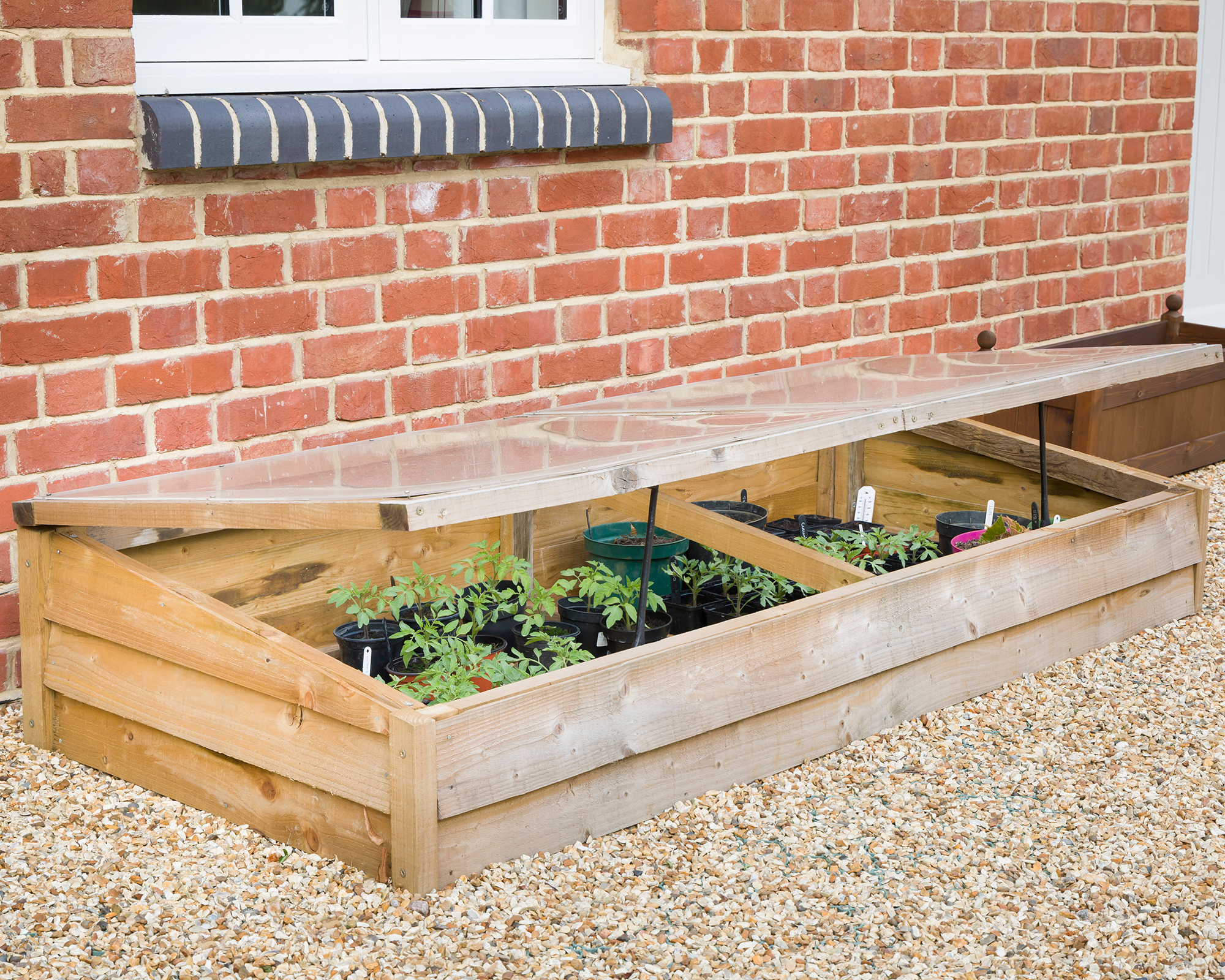
Want to keep your garden going past the first frost date? You can cover your crops and delicate plants with old bedsheets or these row covers found on Amazon.
I like use cut-up milk jugs as DIY cloches for frost protection for small plants like lettuce. A cold frame can stretch harvests by a month for greens like arugula. You can build your own DIY cold frame easily in a weekend or purchase this sturdy, beautifully designed cold frame from Burpee that features a thermostatic opener that will automatically vent the cold frame if it gets too warm inside.
With a little planning, you will understand your first frost date and how to protect your garden as the seasons change. Plant rugged growers like kale and carrots ahead of time—they shrug off a nip of frost. Slide tender pots indoors where sun and airflow keep them happy. Make sure soil isn’t soggy, and water before evening to shield roots from cold blasts. Simple tricks like these help your garden push past fall.
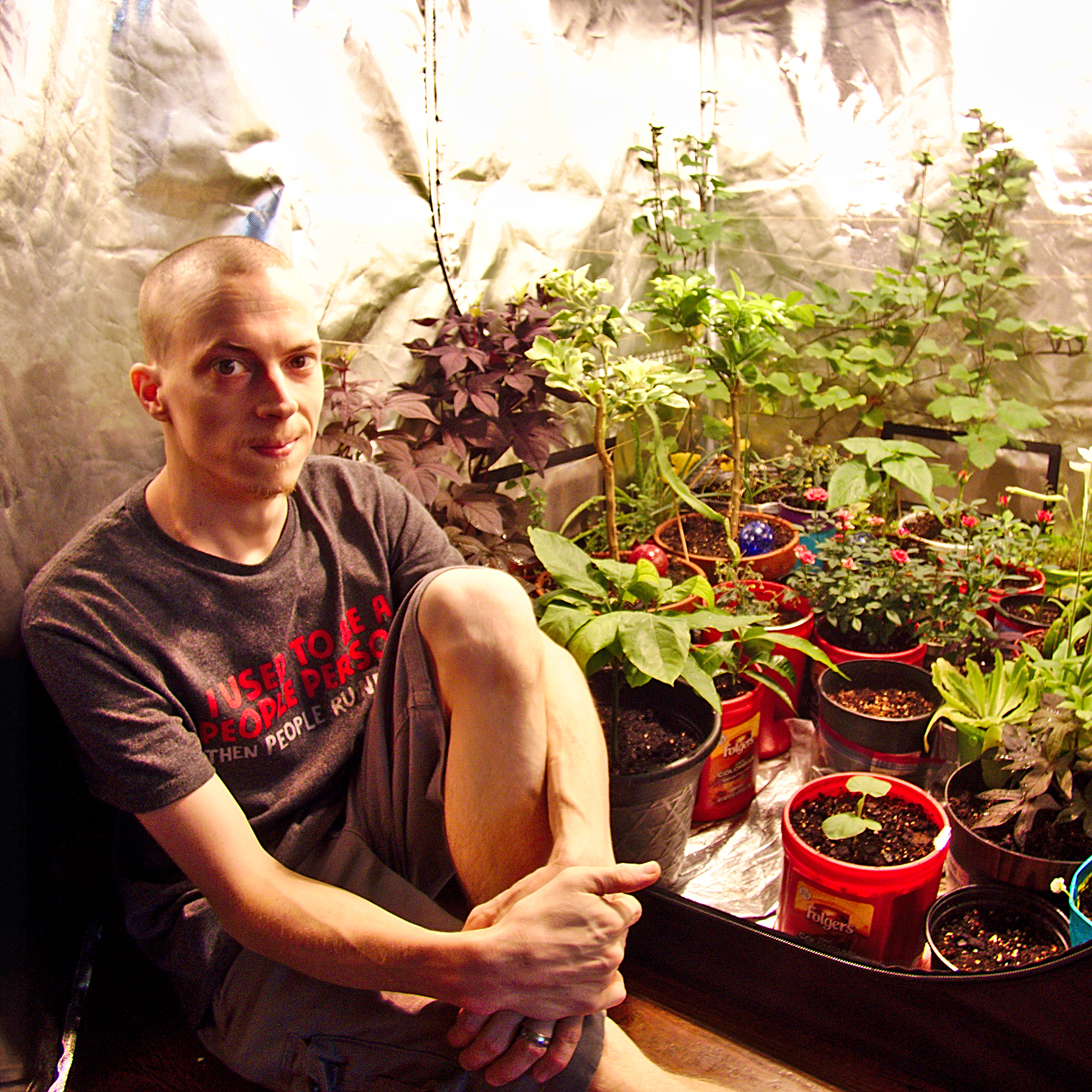
Tyler’s passion began with indoor gardening and deepened as he studied plant-fungi interactions in controlled settings. With a microbiology background focused on fungi, he’s spent over a decade solving tough and intricate gardening problems. After spinal injuries and brain surgery, Tyler’s approach to gardening changed. It became less about the hobby and more about recovery and adapting to physical limits. His growing success shows that disability doesn’t have to stop you from your goals.